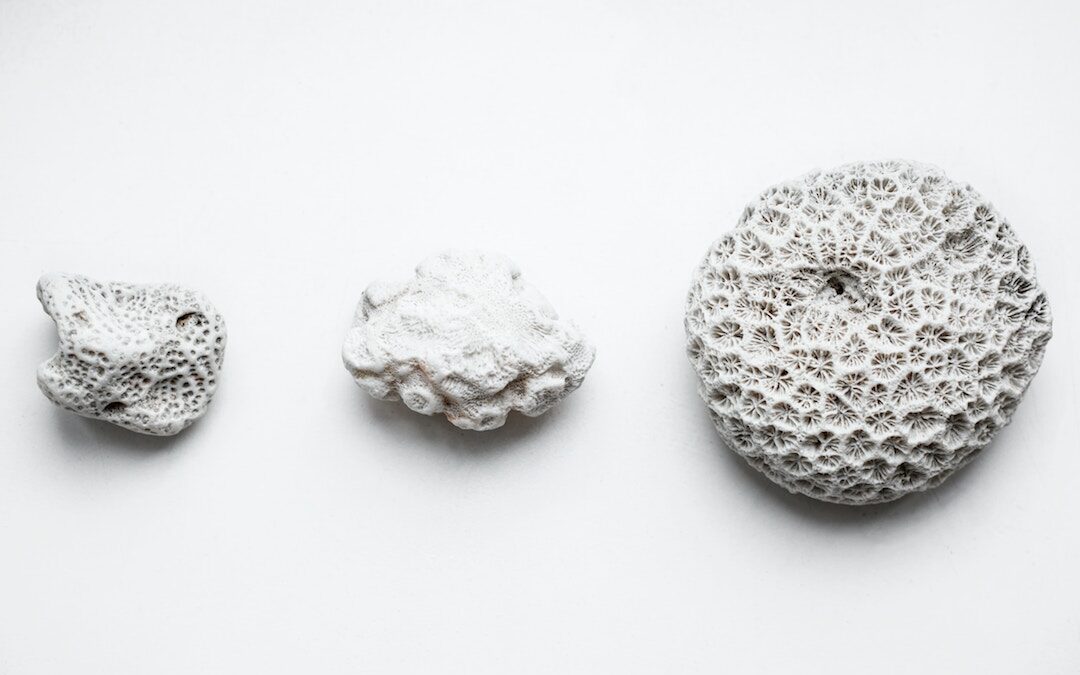Enjoy this excerpt from Chapter 25 the book our Ayurvedic doctor-in-house is coauthoring.
Ayurveda, the ancient “Science of Life”, has been presented as a comprehensive training for living in balance and for living true connectedness. The timeless insights of this approach promote a context for sustainable health and healing that is based on recognizing and strengthening our innate wisdom for self-healing. This context enables us to explore the source of true healing within ourselves and to naturally “take charge” of our own health and develop self-responsibility and self-reliance. Self-awareness naturally arises that supports a life in which we can strengthen our own body’s natural ability to get healthier, heal or rejuvenate itself. Ayurveda teaches us, through resonance of the five “basic elements” understood always in the context of Spirit, how to perceive and respect at all times being part and parcel of a participatory universe. The response-ability that this interconnected-ness leads us to is well described by Ted Perry who was inspired by Chief Seattle[1]:
This we know.
All things are connected
like the blood which unites one family…
Whatever befalls the earth,
befalls the sons and daughters of the earth.
Man did not weave the web of life;
he is merely a strand in it.
Whatever he does to the web,
he does to himself.
Since the beginning of this century, dramatic changes in thinking in science have been occurring as frontier science has been opening to an expanded vision of reality. The underlying unity of our web of life that Ayurveda is based in, is now, since the 1970’s, becoming the domain of our new sciences. Physicist, biologists, physiologists, neurosurgeons have begun to explain the hard data of science through the metaphysical. “The very facts of science…the actual data (from physics to physiology) seemed to make sense only if we assume some sort of implicit or unifying or transcendental ground underlying this explicit data.”[1] Many of the scientists of this century held a mystical-spiritual view of the world from Heisenberg, Bohr, Schroedinger, Eddington, and Einstein. Their work has brought science toward what the great mystics and sages of the perennial philosophy describe as the timeless and spaceless divine ground of being.[1]
“The most beautiful and profound emotion we can experience is the sensation of the mystical. It is the source of all true science.”
-Einstein
David Bohm’s work in subatomic physics and the “quantum potential” developed a unifying understanding of the implicate realm in which all events and phenomena that appeared separate in the explicate realm, were actually unified in an implicit or underlying way. Bohm described how in each explicate thing or event, the underlying implicate whole was simultaneously available. Bohm’s insight led to the understanding that the physical world was like an enormous hologram.[1] A hologram is like an optical storage system where each part contains the whole in a condensed form. This can be described as a type of “unity-in-diversity and diversity-in-unity”.
This principle of the underlying holographic nature of reality was fundamental to the ancient Ayurvedic texts and was described as “microcosm/macrocosm” continuity. An ancient Buddhist sutra also summarizes this insight:
In the heaven of Indra there is said to be a network of pearls so arranged that if you look at one you see all the others reflected in it. In the same way, each object in the world is not merely itself but involves every other object, and in fact is every other object.[1]
Karl Pribram, in his book Languages of the Brain, came to a similar understanding. David Bohm previously had also described that the brain functions in many ways like a hologram. In a hologram, “if you take a holographic photo of, say, a horse, and cut out one section of it, e.g., the horse’s head, and then enlarge that section to the original size, you will get, not a big head, but a picture of the whole horse.”[1]
By the time that David Bohm and Karl Pribram brought forth their work, the “quantum revolution” had been flourishing for some fifty years. The possibility that we are not merely discovering reality, but are participating in its creation was clearly posed by the new sciences. The work of Bohm and Pribram marked the beginning of a new “holographic paradigm” describing that: “Our brains mathematically construct ‘concrete’ reality by interpreting frequencies from another dimension, a realm of meaningful, patterned primary reality that transcends time and space. The brain is a hologram, interpreting a holographic universe.” [1]
The holographic theory marked a distinct paradigm shift in human consciousness. It defines not only new concepts, perceptions, language and techniques but also a new belief system and the development of values that support it. According to Ken Wilbur, paradigms also “refer to the set of implicit basic assumptions which underlie models or theories.”[1] Kuhn describes that paradigms are used by the scientific community to create consensus and even designate legitimate problems and solutions while serving at the same time to organize the societal way of life.[1] Through the new scientific understanding of the interdependence of life, from the individual to the social system to the ecosystem, we are beginning to be able to explain the interrelationships and interdependencies of psychological, biological, physical, social and cultural phenomena.[1]
As we explore the global paradigm shift from reductionism to holographic holism, a new map for a more equitable and interdisciplinary understanding of ourselves and our world is emerging. This interconnected map inspires and enables us to take more response-ability for the creative nature of our consciousness and live more deliberately, in balance with the cyclic processes of nature, ourselves and our planet.
1/30/24
